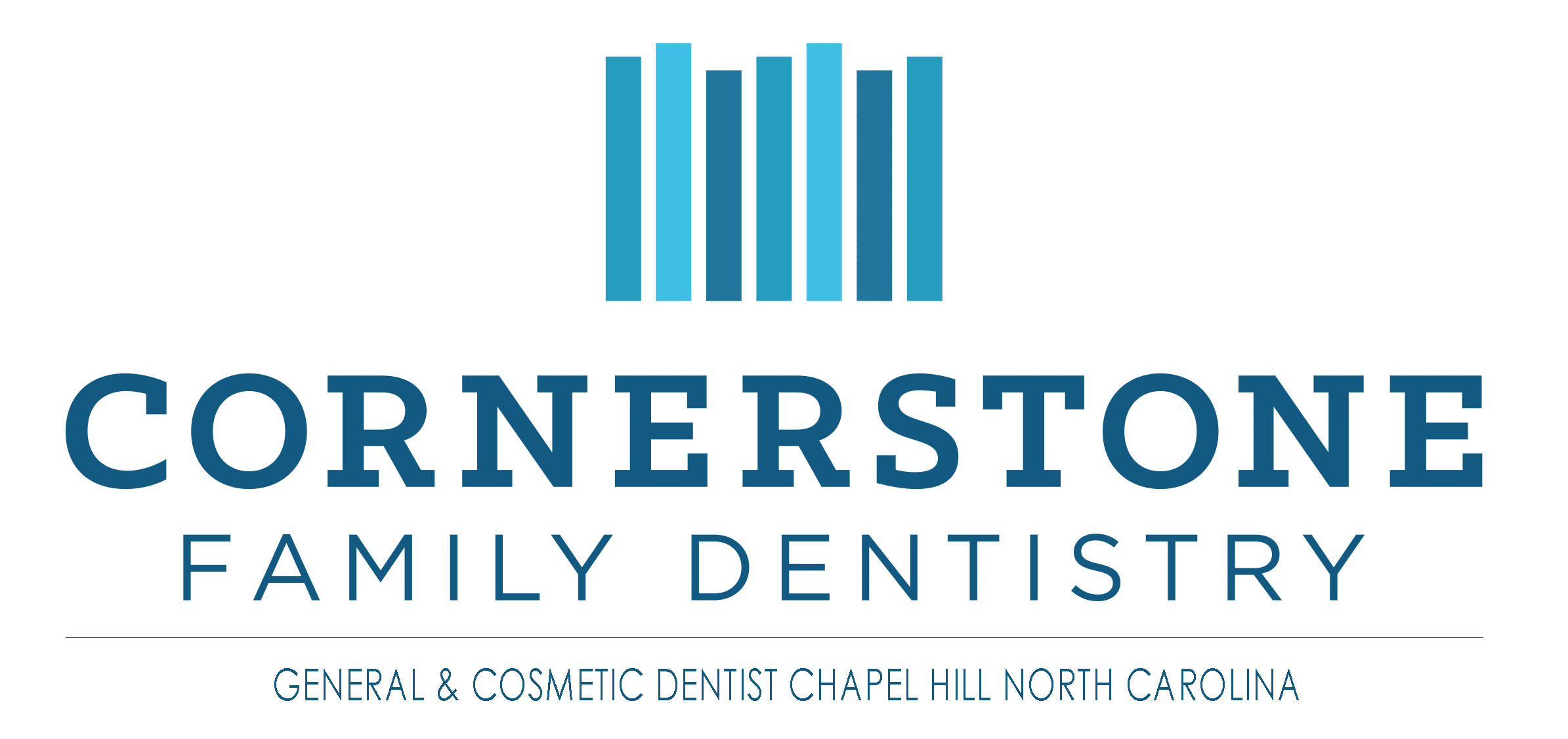How to Get Rid of Swollen Gums
The gums, the pink tissue covering the jawbone, are thick, firm, packed with blood vessels, and serve an integral role in oral health. When the gums swell, the tissue can bulge or protrude out and typically happens where the tissue meets a tooth. Instead of their normal pink color, swollen gums can be red and cover parts of the teeth.
This article will explore some of the causes of gum swelling and ways the condition can be treated.
Causes of Gum Swelling
- Gingivitis: Swollen gums are most commonly caused by the periodontal disease gingivitis. This disease causes irritation and swelling of the gums. Because the initial signs of gingivitis are typically mild or unnoticeable, people often fail to realize they have the disease. If not treated, gingivitis can progress into a more serious disease called periodontitis.
- Pregnancy: When women are pregnant, they produce a rush of hormones that can increase the flow of blood in the gums. This can cause the gum tissue to become more easily irritated and prone to swelling. In addition, the hormonal changes can negatively impact the woman’s immune response to the bacteria that cause gum infections. This increases the odds of them developing periodontal disease.
- Infection: Infections from certain viruses and fungi can contribute to swollen gums. An abscessed tooth, the result of untreated tooth decay, is another type of infections that can lead to gum swelling.
- Malnutrition: Vitamin deficiencies, especially Vitamins C & K, can lead to gum swelling. Vitamin C, for example, plays a vital role in repairing and maintaining the teeth and gums.
How Are Swollen Gums Treated?
Medical Treatment
If gum swelling persists for longer than two weeks, it is recommended for the patient to consult a dentist. The dentist will inquire about the onset and frequency of symptoms, discuss any dietary changes or pregnancies, could order X-rays, and blood tests may be needed to rule out any possible infection.
Depending on what is causing the swelling, the dentist could prescribe mouthwash or oral rinses to remove plaque and minimize the risk of gum disease. In certain instances, antibiotics may be required and if severe gingivitis is present, a deep cleaning procedure (scaling and root planing) and/or surgery could be necessary.
At-Home Treatment
Patients can practice the following at-home steps to remedy gum swelling, including:
- Minimize irritation from flossing and brushing by being less vigorous
- Rinse with saltwater to wash away bacteria in the mouth
- Ensure adequate hydration is maintained so that the production of saliva remains sufficient to combat bacteria
- Abstain from irritants like alcohol, strong mouthwashes, and tobacco
- Use a warm compress over the face to ease gum pain or apply a cold compress to combat swelling
Prevention
The following steps can be taken to help prevent gum swelling:
- Oral Care – floss daily and brush twice a day with a soft-bristled toothbrush.
- Maintain Healthy Diet – ensure the diet is healthy and nutrient rich. Avoid overly sugary foods that can promote bacteria growth that leads to plaque buildup.
- Avoid Irritants – minimize consuming alcohol, tobacco, or highly-acidic foods and drinks that might irritate the gums and lead to swelling.
